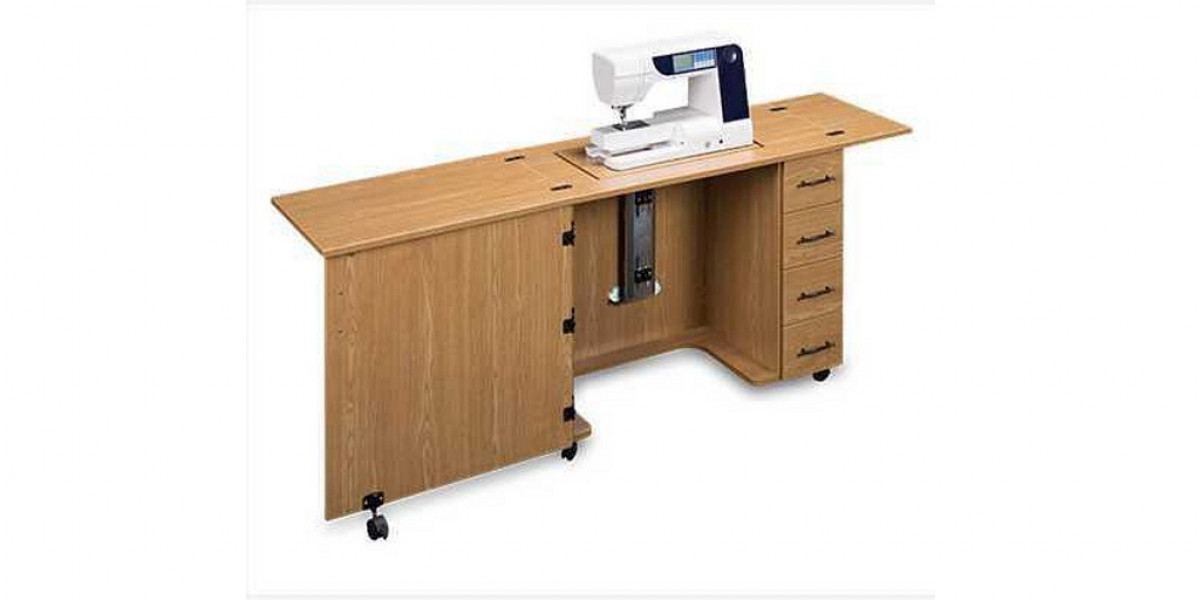When choosing a sewing cabinet, it’s easy to get caught up in the aesthetics and forget about the functionality. However, a sewing cabinet is a significant investment and can have a major impact on your sewing experience. Here are some essential dos and don'ts to ensure you select a cabinet that’s practical, comfortable, and suits your needs.
Don't Just Buy a Cabinet Because It's Pretty
One of the most common mistakes people make when buying sewing cabinets is choosing based solely on looks. Sure, a beautiful cabinet can be appealing, but if it doesn’t suit your sewing style or workspace, you might end up regretting the purchase.
Closed Cabinets vs. Open Cabinets
There are two main types of sewing cabinets: closed cabinets and open cabinets. Understanding the difference is crucial when deciding which one fits your needs.
Closed Cabinets
Closed cabinets are sleek and tidy because they can be fully shut to hide your sewing machine when not in use. However, when closed, you cannot sew, as the space where the machine sits becomes inaccessible.
While they are great for keeping things out of sight, closed cabinets require more space when open since you need to extend parts of the cabinet to sew properly.
Open Cabinets
Open cabinets, on the other hand, allow you to sew even when partially closed. This design is perfect for those who need a more compact solution but still want to keep their sewing machine ready to use.
The side panels of these cabinets can fold neatly against the cabinet, allowing you to sew in smaller spaces without compromising accessibility.
Don’t Buy a Cabinet Based on the Machine Display
Another common mistake is buying a cabinet simply because the sewing machine displayed on it looks like a good fit. What many don’t realize is that sewing machines are typically positioned four inches lower inside the cabinet.
When you're trying out a machine at a store or a trade show, remember that the sewing machine you’re eyeing will sit lower in the actual cabinet. The machine is designed to sit at this lower level to create an ergonomic setup, reducing strain on your arms and shoulders.
If you're testing a machine that feels comfortable, you may need to adjust your seating position or table height to ensure you’ll be comfortable at home with the machine in its lowered position.
Don’t Buy on a Whim
It’s tempting to buy a cabinet without fully considering where it will go in your sewing space. But just like you wouldn’t buy a couch without measuring your living room, you shouldn’t buy sewing cabinets without knowing how much space you have available.
Before purchasing, measure your room carefully and consider how much space the cabinet will need when it’s fully open. Many cabinets are large and take up a considerable amount of space, especially when extended for sewing.
Find The Right Cabinet When You Need One
A sewing cabinet is more than just a piece of furniture—it’s a key part of your sewing setup. Avoid making mistakes such as choosing a cabinet based on looks alone, and consider how you’ll use the cabinet in your space. You can make an informed decision that enhances your sewing experience for years to come.
For more information about Multi Needle Embroidery Machine and Quilting Accessories please visit:- Premier Stitching DBA Sew Vac City









